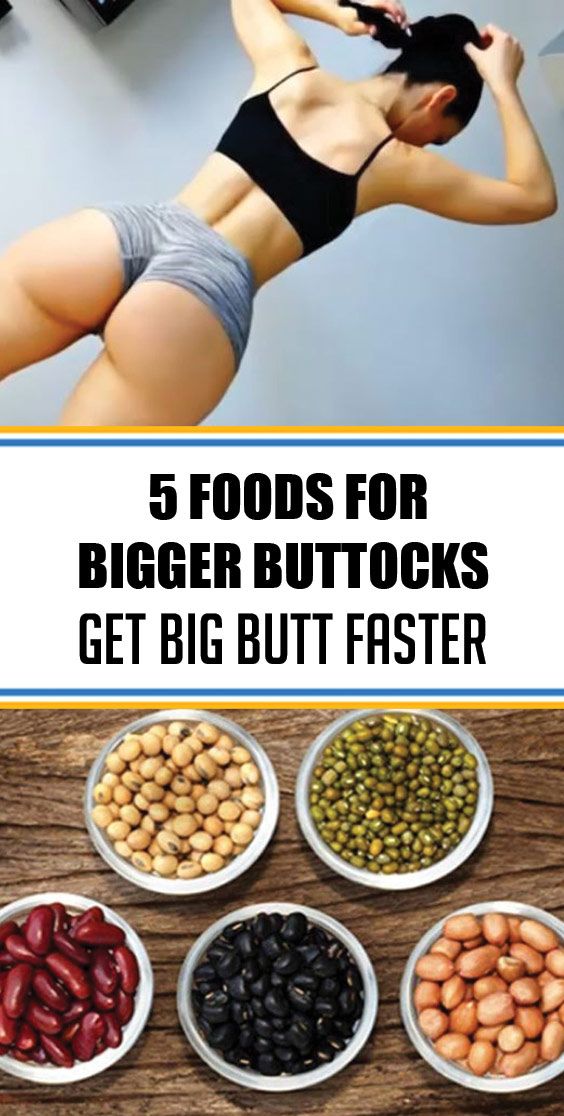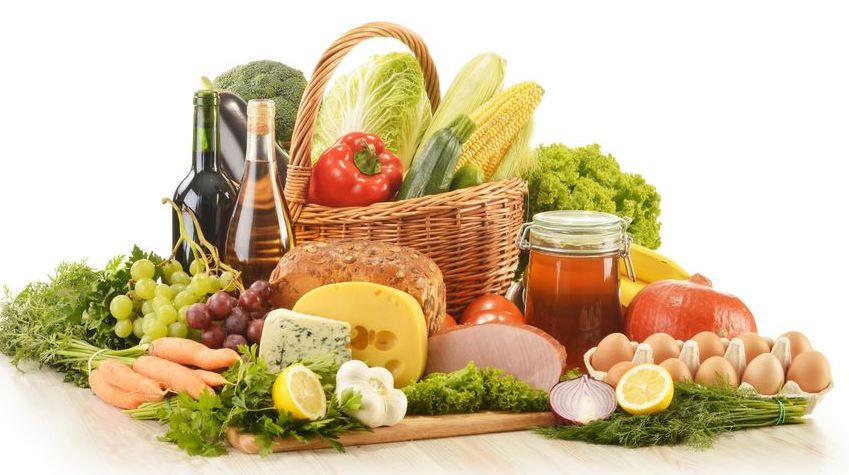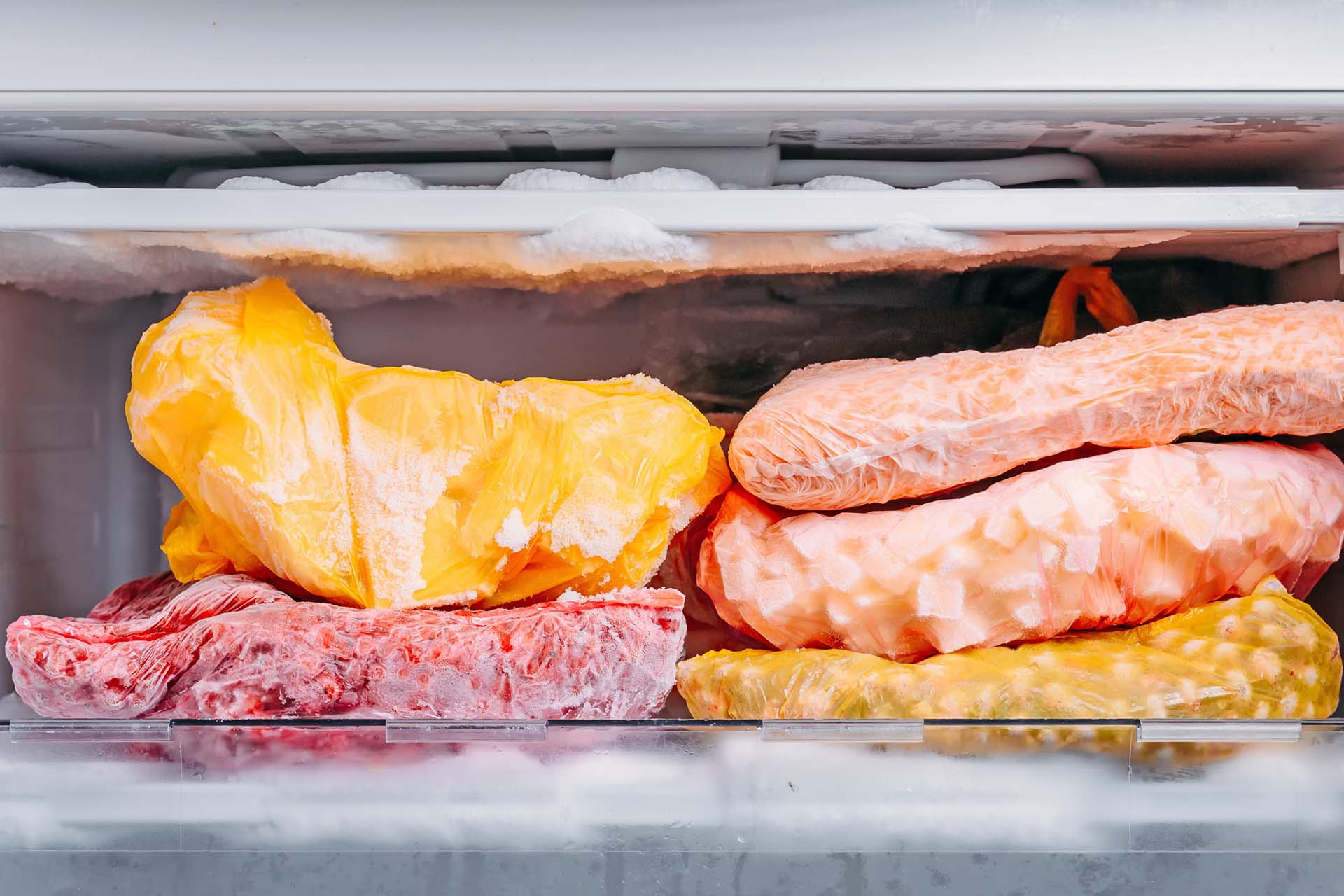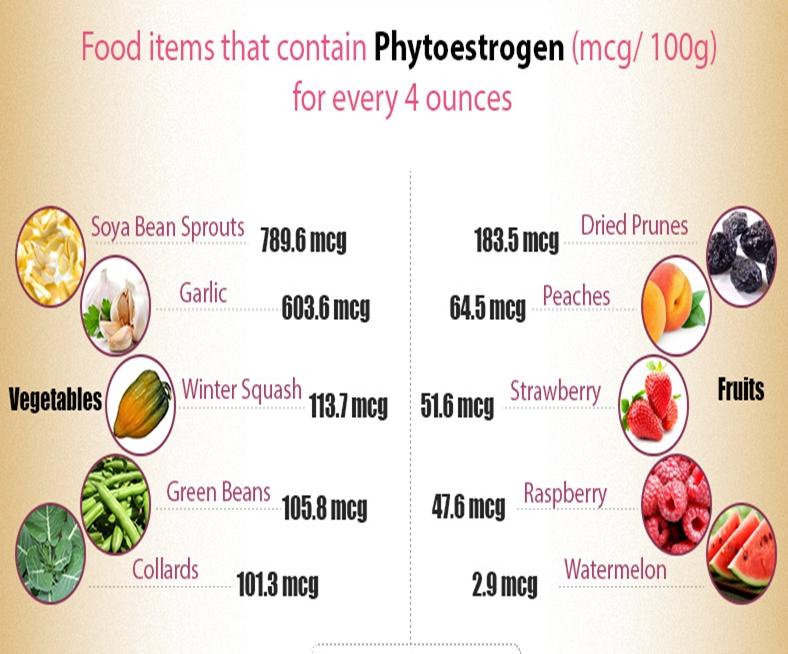Foods That Can Help Enhance Glute Size and Shape

The size and shape of your buttocks are primarily determined by genetics and overall body composition. However, certain foods may play a supportive role in providing the necessary nutrients for muscle growth and development. While no specific food can directly target the growth of your buttocks, consuming a balanced diet rich in certain nutrients can contribute to overall muscle gain, including in the glutes.

Lean Protein:
Protein is essential for muscle growth and repair. Incorporating lean protein sources like chicken, fish, turkey, tofu, beans, and lentils into your diet can help provide the amino acids needed to support glute development.Carbohydrates:
Carbohydrates provide energy and can help fuel muscle glycogen stores. Consuming complex carbohydrates like brown rice, sweet potatoes, quinoa, oats, and whole-wheat bread can provide sustained energy during workouts and support muscle growth.Healthy Fats:
Healthy fats are crucial for overall health and can support hormone production, including testosterone, which plays a role in muscle growth. Good sources of healthy fats include avocados, olive oil, nuts, seeds, and fatty fish like salmon and tuna.Fruits and Vegetables:
Fruits and vegetables are packed with essential vitamins, minerals, and antioxidants that support overall health, including muscle function and recovery. Aim for a variety of colorful fruits and vegetables in your daily diet.Water:
Staying hydrated is vital for overall health and muscle function. Water helps transport nutrients to muscles, aiding in recovery and growth. Drink plenty of water throughout the day, especially before, during, and after workouts.
Workout Routine:
In addition to nutrition, a targeted workout routine is crucial for developing the glutes. Incorporate exercises that specifically work the glute muscles, such as squats, lunges, step-ups, hip thrusts, and glute bridges. Focus on proper form and gradually increase the intensity and frequency of your workouts to challenge your muscles and promote growth.
Genetics and Individual Differences:
It’s important to keep in mind that genetics play a significant role in determining the size and shape of your buttocks. Some individuals may naturally have larger or more developed glutes, while others may have to work harder to achieve noticeable results. Additionally, muscle growth and development can vary among individuals due to factors like metabolism, hormones, and training response.
Remember that building muscle and achieving desired body changes takes time and consistency. Focus on a balanced diet, a comprehensive workout routine, and sufficient rest to support overall muscle growth, including in the glutes.











